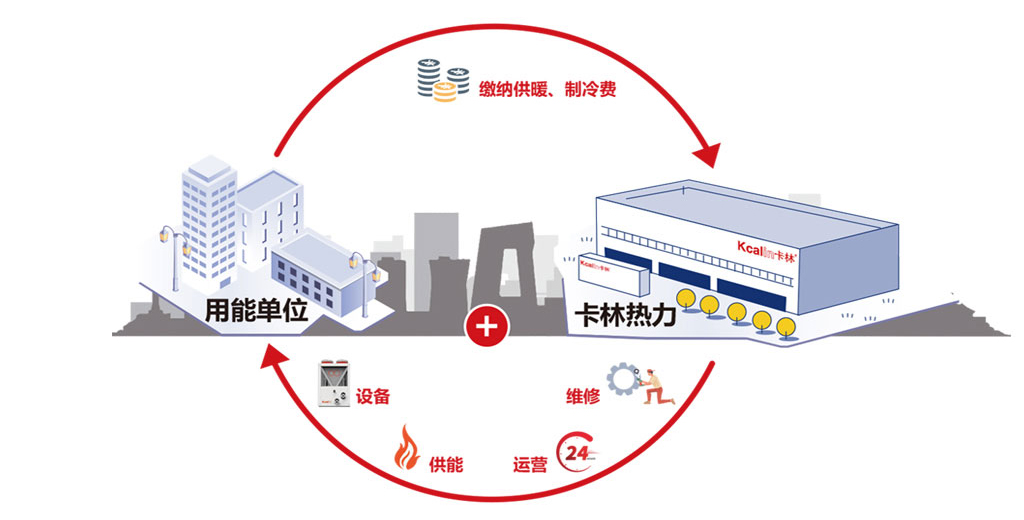In the selection of heating methods, municipal centralized heating and distributed energy heating are two common methods. Municipal centralized heating refers to providing heat to large areas through central heating stations, while distributed energy heating distributes thermal energy points in different areas, each with its own heat source.
The characteristics and advantages of municipal centralized heating
Efficient and energy-saving: By centrally supplying heat through central heating stations, energy waste is reduced and energy utilization efficiency is improved. Utilizing energy sources such as coal and gas for thermal conversion at central heating stations is beneficial for effective energy management.
Convenient maintenance: Unified management and maintenance by the central heating station can reduce maintenance costs and human resource investment. Real time monitoring of the operation status of the heating system can be achieved through an intelligent monitoring system, enabling timely detection and resolution of issues.
Environmental protection and emission reduction: By reducing the number of combustion equipment, the emissions of pollutants such as carbon dioxide are reduced, which is beneficial for improving environmental quality. Using clean or efficient energy for heating is in line with the direction of green and low-carbon development.

The characteristics and advantages of distributed energy heating
Personalized heating: Each area or building unit has its own heat source and heating equipment, which can achieve personalized temperature regulation. Residents can adjust indoor temperature according to their own needs, improving living comfort.
Strong adaptability: suitable for heating needs in different regions and building types, with a more flexible and diverse layout. The heating equipment in each area operates independently, avoiding situations where a malfunction in one area can affect the heating of other areas.
Low maintenance cost: The heating equipment in each area or building unit can be independently managed and maintained, reducing the cost of centralized maintenance. The occurrence of problems in a single area will not affect the heating of other areas, making maintenance more convenient and efficient.
How to choose a suitable heating method?
Building scale:
Municipal centralized heating: suitable for heating needs within the scope of municipal pipelines, capable of centralized management and unified regulation.
Distributed energy heating: suitable for communities and commercial building clusters of different scales, and can flexibly layout heat sources according to actual needs.
Energy utilization:
Municipal centralized heating: It is more suitable to use centralized energy equipment, such as coal, gas, etc.
Distributed energy heating: suitable for utilizing decentralized energy sources, such as air source heat pumps, ground source heat pumps, etc., in line with the direction of renewable energy utilization.
Municipal centralized heating and distributed energy heating each have their own advantages, and choosing a suitable heating method requires consideration of factors such as building scale and energy utilization. Municipal centralized heating is relatively stable; Distributed energy heating can provide more personalized and flexible heating solutions. In the process of selecting heating methods, it is necessary to comprehensively consider various factors and choose a suitable heating method to provide residents with a comfortable, energy-saving, and environmentally friendly living environment.







Comment